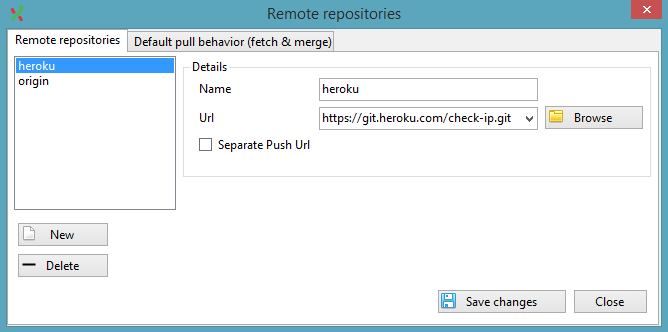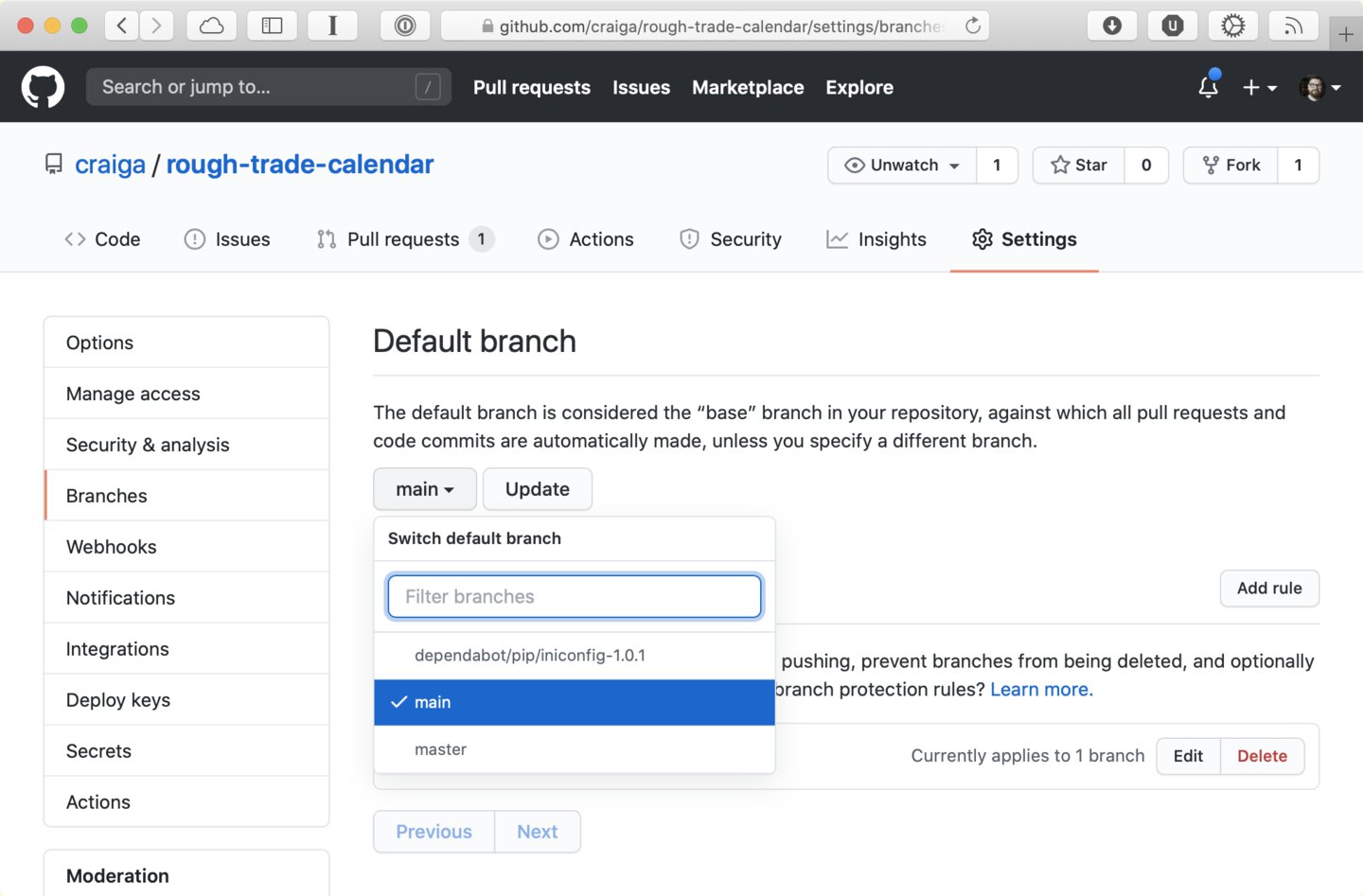

- #Heroku git add remote repository install#
- #Heroku git add remote repository update#
- #Heroku git add remote repository code#
#Heroku git add remote repository update#
This section will help you update the Hasura GraphQL engine running on

You probably have one or more scripts set up so you can run npm start to launch your app, for example.2018 -10-09T11:18:21.306000+00:00 app :

Inside package.json look for the scripts property. We can use that to perform the necessary commands to publish just our subfolder to the correct remote. Push it into Heroku's git remote repository, like this: git push heroku.
#Heroku git add remote repository code#
Use this same command whenever you want to deploy the latest committed version of your code to Heroku. Add this change to version control, as follows: git commit -am 'Change Hello. For example: git push heroku main Initializing repository, done. Inside each of these folders, we have our typical node.js structure, including a package.json file. To deploy your app to Heroku, use the git push command to push the code from your local repository’s main branch to your heroku remote. Since we are building node.js apps, we can use npm as a build tool to help us publish to our Heroku remotes.Īs mentioned previously, we are keeping our node apps in our repo under repo/nodeapps/appone and apptwo. We have the remote names sorted, now we need to have a way to push just the sub directory in our repo that contains our node app to to the correct remote.

Set up a Script to publish just the node app directory to the correct Heroku remote Now, we will have two remotes (in addition to any remote pointed to github, bitbucket, etc) Step 2. #now we can add second remote for our other app #next, rename the remote to something else To get around this, we just need to rename the heroku remote to something else before we add the second remote. This is fine if you are just deploying to a single Heroku app, but we need multiple remotes pointing to different Heroku apps. We will be using the command heroku create to create a new empty application on Heroku. This is one of the reasons why git is fast, it doesnt phone home for any operation unless it is explicitly designed to. Whenever you do anything else status, log, diff, merge, ls-files, etc., it relies on the local cache of git repository state. In either case, a remote called heroku will be created. The only times that git ever does anything with remote communication is git pull, git push, and git fetch. If you have already created your Heroku app, say, via their web dashboard, then you can use the heroku cli to set up the remote in your local repo with:
#Heroku git add remote repository install#
If you create a heroku app via their CLI using heroku create a remote called heroku will be automatically created for you in your git settings. Initialize Git repository Sign up for Heroku Install the Heroku Toolbelt Create and set up Heroku application Make our project ready for Heroku Deploy time. There are just two extra steps you need to do to set up a repo to deploy to multiple Heroku apps. The layout looks something like this: repo/įortunately, the workaround is fairly straightforward.
Using Git to deploy your app may take a little getting used to at first, but assuming you are already using Git for your project’s source control management (and you should!) then the process is fairly straightforward: add a new remote pointing to Heroku, and when ready to deploy, commit your changes and then push to that remote. One unique item about Heroku is that it manages app deployments with Git. I have been using Heroku for various projects for a while now, and it is a great option for hosting Node.js apps.


 0 kommentar(er)
0 kommentar(er)
